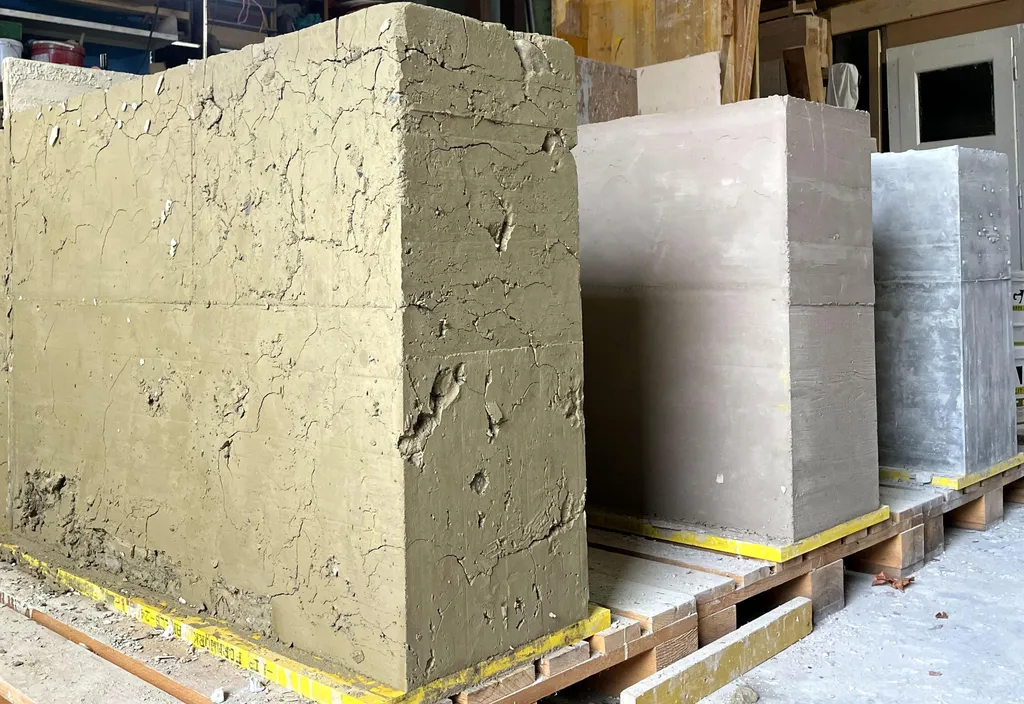In the quest for sustainable and high-performance construction materials, a groundbreaking study led by Ali Satar Jaber Al-Askary of the Budapest University of Technology and Economics and the Middle Technical University in Baghdad has shed light on the promising potential of cellulose nanocrystals (CNCs) in cement-based composites. Published in the journal *Case Studies in Construction Materials* (translated as *Case Studies in Building Materials*), this comprehensive review synthesizes findings from fresh properties to long-term durability, offering a compelling narrative for the construction and energy sectors.
Al-Askary’s research delves into the multifaceted role of CNCs, renewable bio-based nanomaterials derived from cellulose, as additives in cementitious systems. “CNCs act as viscosity-modifying agents, reducing flow spread but increasing yield stress by up to 70%,” explains Al-Askary. This dual action not only enhances the workability of cement but also significantly improves its mechanical properties. Hydration studies revealed a retarding effect, with initial and final setting times delayed by 60 minutes and 2 hours, respectively. Calorimetry indicated cement-type-dependent influences and enhanced early aluminate and sulfate hydration, suggesting a nuanced interaction between CNCs and different cement compositions.
The mechanical properties of CNC-modified cement composites are particularly noteworthy. At later ages, strength gains were evident, including a 20% increase in compressive strength at 28 days with just 0.8% volume CNC, a 32% flexural strength gain at 1.5% volume, and a 33% tensile strength gain at 56 days with 1% weight CNC. These improvements are not merely incremental but represent a significant leap in the performance of cement-based materials.
Durability, a critical factor in the longevity and sustainability of construction materials, also saw marked improvements. Drying shrinkage was reduced by up to 55%, carbonation depth by 38%, and frost resistance was enhanced with only 0.18% strength loss after 25 freeze-thaw cycles at 1% CNC content. Additionally, CNC addition increased thermal conductivity by 17%, suggesting multifunctional potential that could be particularly beneficial in the energy sector.
The implications of this research are far-reaching. As the construction industry grapples with the need for sustainable and high-performance materials, CNCs emerge as a promising solution. “This review establishes CNCs as promising nano-additives that refine microstructure, enhance mechanical properties, and significantly improve durability,” Al-Askary notes. The enhanced durability and mechanical properties of CNC-modified cement composites could lead to longer-lasting structures, reduced maintenance costs, and improved energy efficiency, all of which are critical for the energy sector.
Looking ahead, the study underscores the need for further exploration, particularly in the area of durability. “Since durability remains the most critical and still underexplored aspect of CNC-modified systems, advancing this area will be essential to fully realize the potential of CNCs in next-generation sustainable cement composites,” Al-Askary emphasizes. As the construction industry continues to evolve, the integration of bio-based nanomaterials like CNCs could pave the way for a more sustainable and resilient built environment.
In the broader context, this research not only highlights the potential of CNCs but also underscores the importance of interdisciplinary collaboration. By bridging the gap between materials science, civil engineering, and sustainability, Al-Askary’s work offers a blueprint for future developments in the field. As the construction and energy sectors strive for innovation and sustainability, the insights gleaned from this study could shape the next generation of high-performance, eco-friendly materials.

